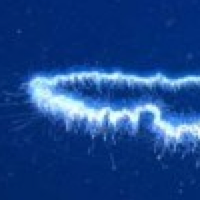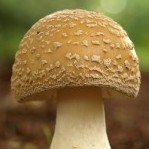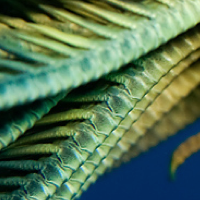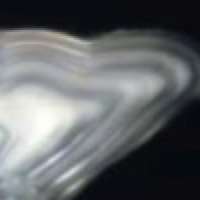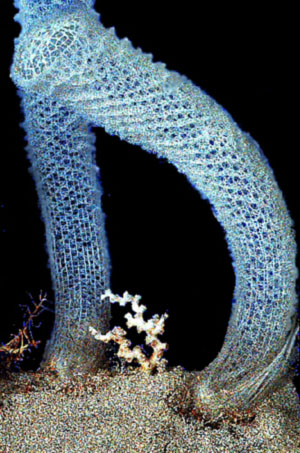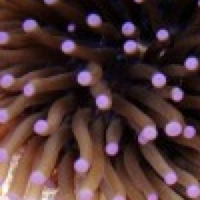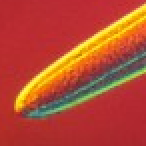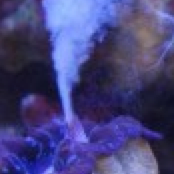Although corals are considered one of the earliest, most primitive animal groups on the planet, the stony corals that grace our reef aquariums with color and vibrance actually arose later than some of us have been led to believe. It is widely accepted that our ocean’s...



